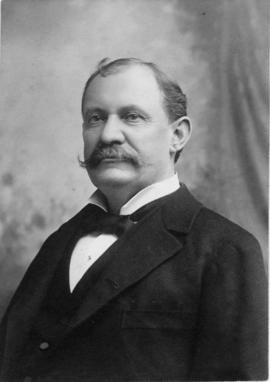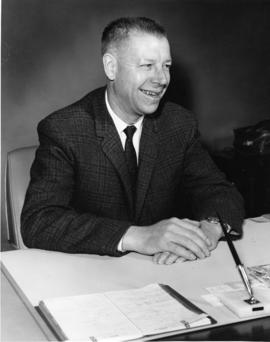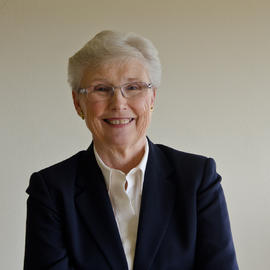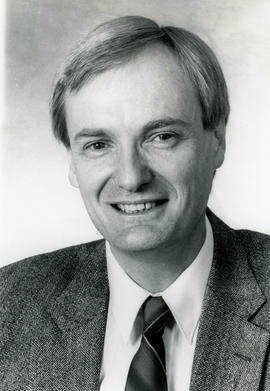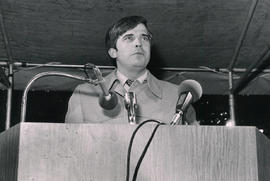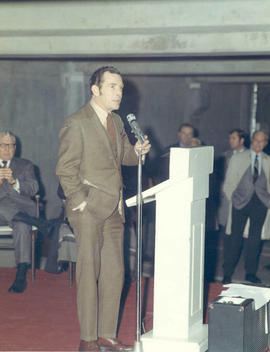- 1.2.6
- Person
- 1843-1927
John W. Linck was born in Jefferson County, Indiana on December 7th, 1843. His father was a German immigrant and his mother was an Irish immigrant. His father became a farmer in Indiana and moved the family to the town of Madison in the 1850s. When John was in school learning the printer’s trade the Civil War broke out. He enlisted in the Union Army in 1861 as a drummer boy and served for over three years, participating in many battles and becoming a colonel. After returning home he resumed his education and entered university to study law. He was admitted to the bar in 1868 and became an attorney for the National Branch Bank and the Pennsylvania Railway Company. He went on to hold a series of elected offices in Indiana, including justice of the peace in Madison, prosecuting attorney, United States commissioner, member of the Indiana state legislature, director of the southern Indiana prison, postmaster (a position to which he was appointed by President Garfield), and mayor of Madison. During this time he was the owner and editor of a newspaper called The Spirit of the Age, which he continued to edit while he practiced law. He was first appointed as Special Agent of the Treasury Department by President William Henry Harrison, and then appointed again by President McKinley. In 1896 he married Eva Buchanan and they went on to have two children, Catherine and Jack. During his second appointment as Treasury Special Agent, he was transferred in 1898 to Tacoma, WA, where he ultimately resigned from the Treasury and went on to be appointed justice of the peace by the city commissioner. He was then immediately appointed as judge of the municipal police court by Mayor George P. Wright. He became heavily invested in real estate while living in Tacoma and was elected as mayor in 1908, succeeding Mayor Wright. He retired from that office in 1910 and went back to practicing law until 1914, when he ran for election again as justice of the Peace and served as such until 1922, when he was defeated for re-election. He then retired from public life and died in 1927 at the age of 83 years old.
Mayor of Tacoma (1907-1909)
